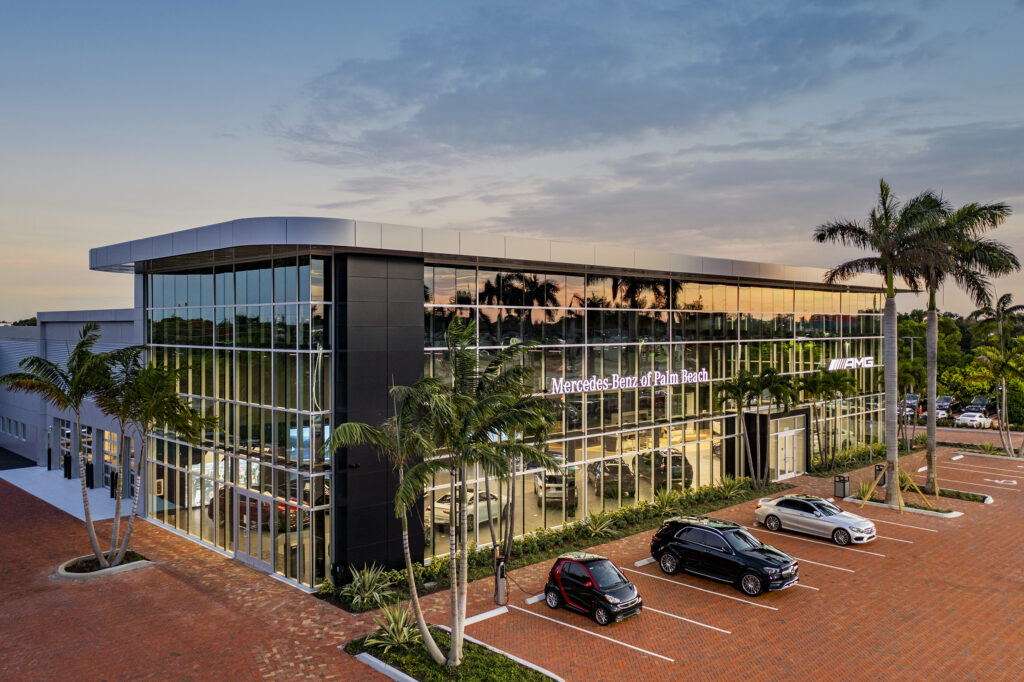Designing Car Dealerships for the EV Revolution: Architecture for a Changing Market
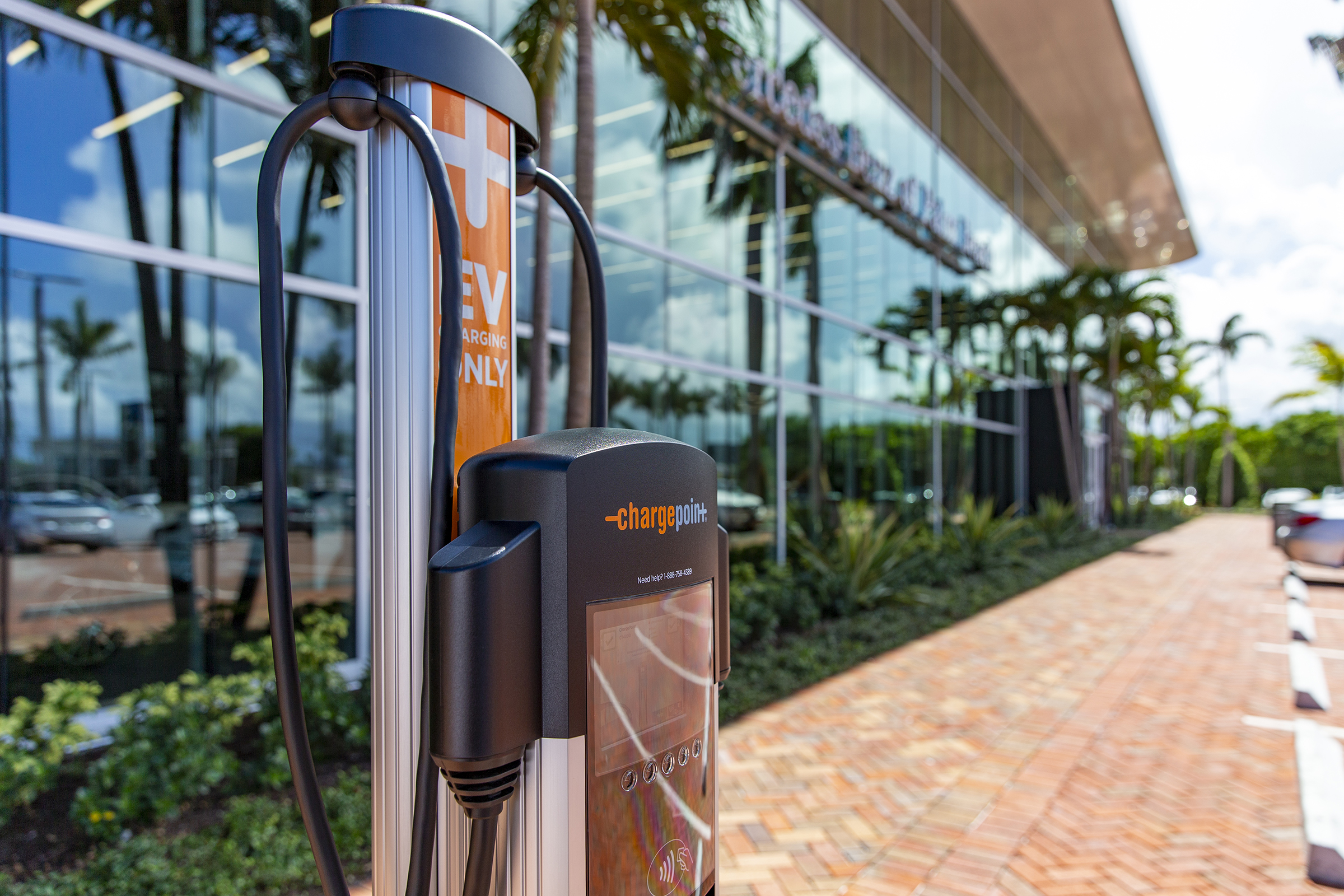
Designing Car Dealerships for the EV Revolution
A Market in Transformation
The automotive industry is in the midst of its most significant transformation in over a century. Electric vehicles have moved from niche products to mainstream options, and every major manufacturer is investing heavily in their EV lineup. This shift isn’t just changing what we drive—it’s changing where and how those vehicles are sold. Dealerships, once designed primarily for gasoline-powered cars, now face a new set of architectural challenges. At Penney Design Group, we’ve been working with manufacturers and dealer groups to design facilities that aren’t just ready for EVs today, but can evolve with the market over the next decade.
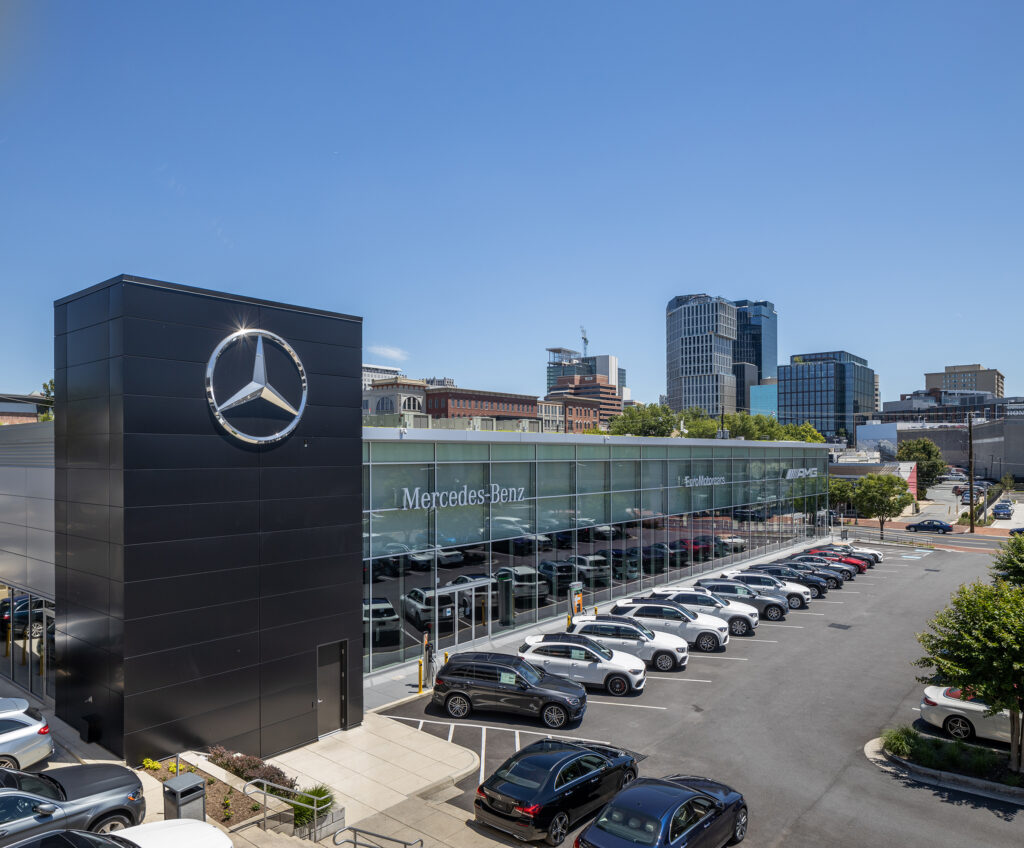
Charging as a Core Experience
One of the most visible changes in dealership design is the integration of charging infrastructure. Unlike a traditional fuel pump, which customers rarely use at the dealership, EV chargers can be part of the showroom, the service center, and even the customer waiting experience. This requires careful planning—chargers must be easily accessible but not disruptive to vehicle flow, and their placement must work for both short-term visits and longer service appointments.
We’re designing spaces where chargers are seamlessly incorporated into the architecture, whether that means a bank of fast chargers at the service entrance, integrated chargers in the delivery bay, or customer parking equipped for top-ups during a sales appointment. These placements also serve a branding purpose—showing customers that the dealership is a leader in EV technology.
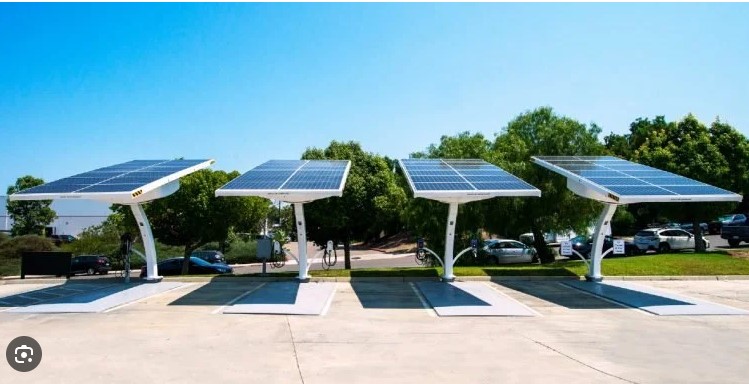
Powering the Future
Charging stations require more than just parking spots and pedestals—they demand serious electrical capacity. Future-ready dealership design means accounting for higher loads from the outset. In some cases, we design mechanical rooms and conduit runs to support three or four times the current charging needs, ensuring the infrastructure is in place when the EV portion of the lineup grows.
Battery storage systems are also becoming part of the conversation. These systems can store energy during off-peak hours and deploy it when demand spikes, reducing costs and strain on the grid. We’ve worked on designs that include dedicated space for these systems so they can be added as the dealership’s needs evolve.
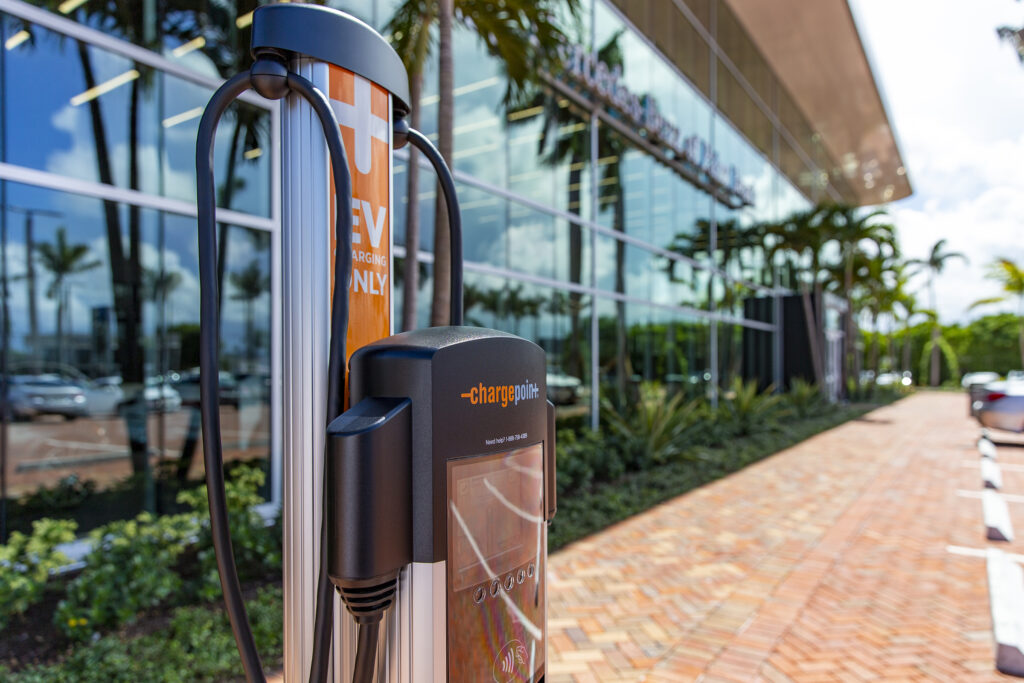
Rethinking the Service Department
EVs change the nature of service work. Without oil changes or complex combustion systems, service bays are being reimagined for diagnostics, battery replacement, and software updates. This shift has spatial implications—less space for fluids and parts storage, more space for specialized lifts, battery handling equipment, and EV-safe work areas.
In our designs, we’re integrating service bays that can handle both EV and traditional vehicles, allowing dealerships to serve today’s mixed fleet while being ready for tomorrow’s electric dominance. This flexibility ensures service departments stay productive and relevant through the transition.
Customer Spaces and Education
For many customers, buying an EV is a completely new experience. Dealerships play a key role in educating buyers on charging, range, and maintenance. This means architecture needs to support learning spaces—whether it’s a consultation area with digital displays, an interactive charging demo zone, or even a visible installation where customers can see how the charging systems work.
These features aren’t just functional—they help build trust. Customers leave feeling informed, confident, and supported in their decision to go electric.
Outdoor Planning and Site Design
The rise of EVs has site-wide implications. More chargers mean different parking patterns, which affect circulation, lighting, and even landscaping. We consider how charging zones are lit for safety and usability, how traffic moves in and out without congestion, and how to integrate chargers without compromising the aesthetic of the property.
We’re also factoring in the possibility of solar canopies over EV charging areas. These not only provide shade and weather protection but also generate renewable energy to feed directly into the dealership’s operations or its charging infrastructure.
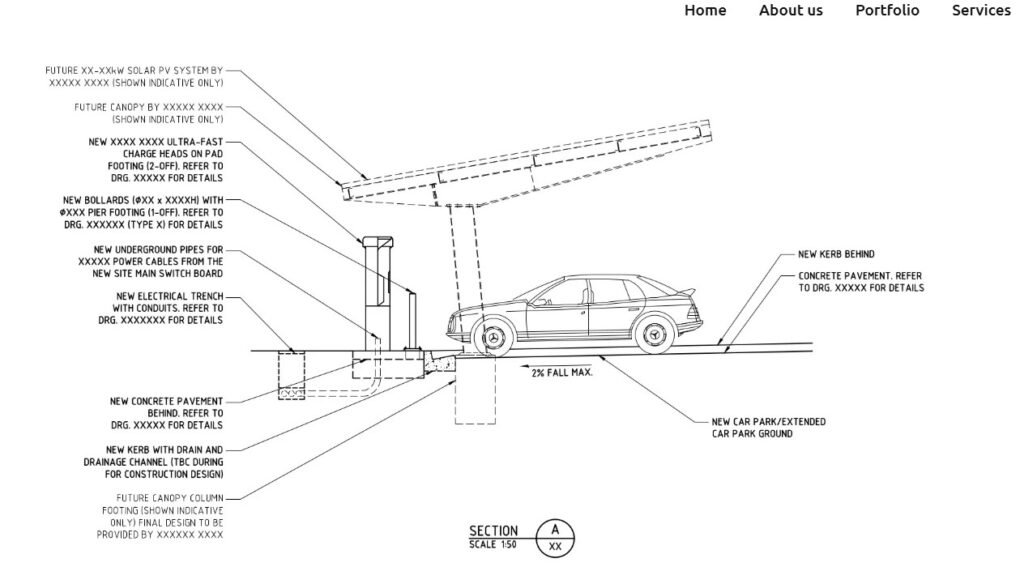
Future-Proofing the Investment
The pace of EV adoption is accelerating, but no one can predict the exact timeline. That’s why our EV-focused dealership designs are grounded in flexibility. We plan for scalable infrastructure, adaptable interior spaces, and site layouts that can evolve without major disruption. This ensures dealerships can respond to customer demand, OEM requirements, and new technology without starting from scratch.
Our Perspective
At Penney Design Group, we see the EV revolution not as a challenge but as an opportunity for innovation. By integrating charging infrastructure into the customer journey, future-proofing power and service capabilities, and designing spaces that educate and inspire, we’re helping dealerships become leaders in a rapidly changing market. In our view, the dealerships that succeed in the EV era will be the ones that see this as more than a technical upgrade—it’s a complete rethinking of how the dealership fits into the customer’s life and the community it serves.
